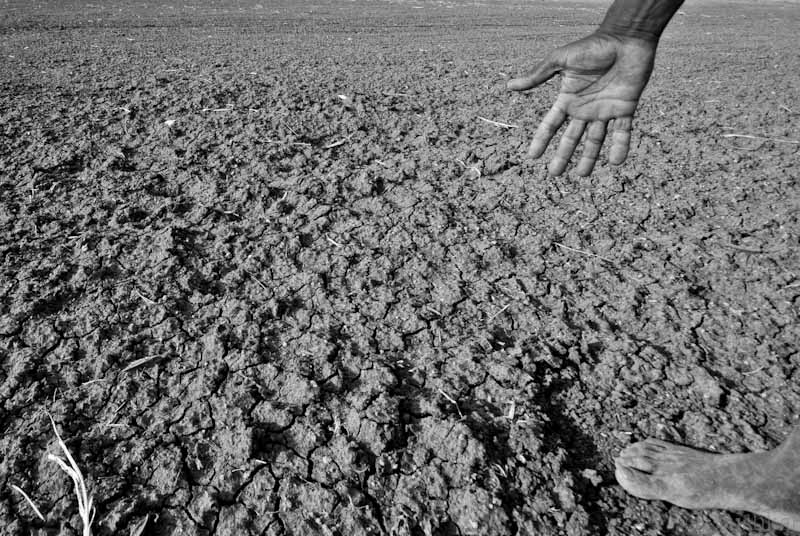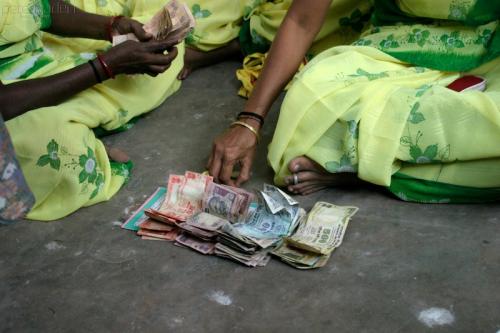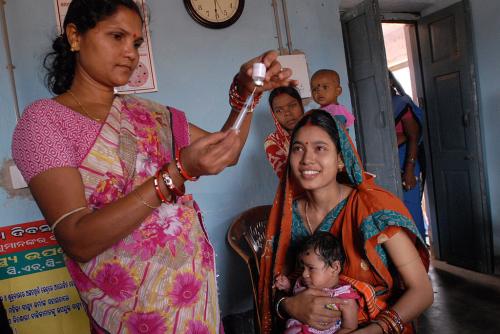Content from the Brookings Institution India Center is now archived. After seven years of an impactful partnership, as of September 11, 2020, Brookings India is now the Centre for Social and Economic Progress, an independent public policy institution based in India.
This blog post and associated report were originally published with 2 sentences on page 13 that lacked proper citation of work printed in American Behavioral Scientist, as well as 2 sentences on page 14 that were not properly attributed to the Encyclopedia of Suicides. As of June 9 2020, both have been updated to include these citations.
In this paper, we study the data from the National Crime Record Bureau (NCRB) of India and disaggregate across demographic and leading causes of suicides. We find that mental and physical health are the leading causes of suicides in India (20%) while the often cited factor, indebtedness, causes significantly lower number of suicides (less than 5%). Among the different demographic categories, housewives report the largest number of suicides (18%) while farmers report lower (11%). The trends over the last two decades show decline in suicides across most demographics in India, and the sharpest decline is in farmer suicides, with the most decline occurring over the last five years.
Suicide is caused by many factors and there is empirical evidence to believe that this phenomenon could be a contagion in India (Kapoor and Ravi, 2007), where farmers are committing copycat suicides. There have been a number of highly sensationalized suicide contagions in recent years across the world. Suicide contagions are typically very highly publicized suicide outbreaks. Another likely contagion in India could be the suicides of students around exam times. The farmer suicide outbreak in India is alarming. But to attribute it to debt alone is too simplistic. This phenomenon requires immediate policy interventions for which we need to have deeper understanding of factors that trigger and contribute to suicides among different demographic categories in India.
For over a decade, farmer suicides in India has been a serious public policy concern. More recently, this has also lead to shrill outcry from the media and much politicking. The government response to the crisis of farmer suicide has mostly been simplistic and in some cases perhaps aggravating. The main problem with offering ‘special packages’ to deal with such a problem is that it is reactionary rather than pre-emptive long term policy. Suicides are characterized by a prior history of difficulties and in most cases also mental illness that renders the person vulnerable to suicidal behavior. Suicide is caused by many factors even when it occurs in a cluster. Therefore it is crucial to avoid oversimplification of causes and sensationalizing the issue. This requires responsible and sensitive reporting by the media, widespread efforts to screen and support mental health ailments by the public health systems in India and appropriate instruments of insurance.










